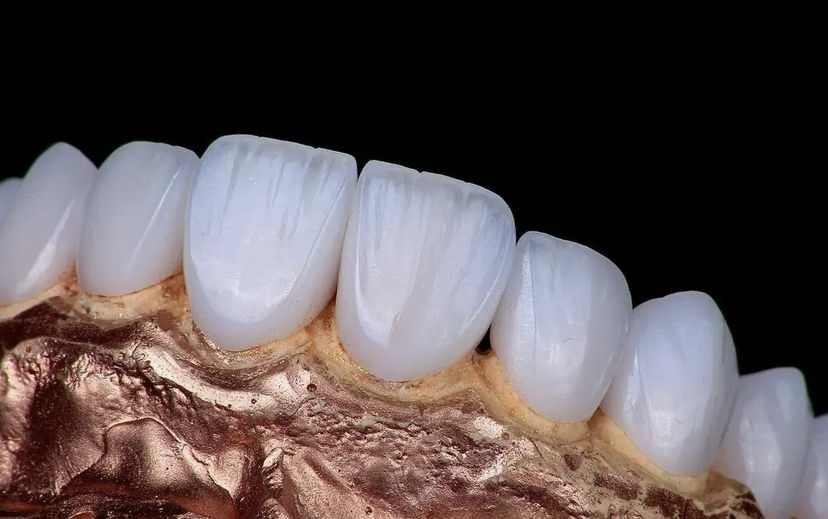Exercising After Plastic Surgery Exercising After Plastic Surgery: Your Comprehensive...
Leer Más


Are you looking for a way to improve your smile without undergoing invasive dental procedures? Non-invasive veneers might be the solution you’ve been searching for. In this article, we’ll provide a comprehensive guide to non-invasive veneers, including the types available, their benefits, and the procedure for placement.
At thehealthytreatments.com, we offer a range of dental packages that include Emax Porcelain veneers, dental implants, crowns, and dental bridges. Our international patients can compare prices and book an appointment with us to achieve the smile they’ve always wanted.
Types of Non-Invasive Veneers
There are two main types of non-invasive veneers: composite veneers and no-prep veneers. Composite veneers are made of a tooth-colored resin material that is bonded to the teeth. They are an affordable alternative to traditional porcelain veneers, but they may not last as long. No-prep veneers, on the other hand, require little to no preparation of the teeth before placement. They are made of a thin layer of porcelain and can last up to 15 plus years with proper care.

Benefits of Non-Invasive Veneers
One of the main benefits of non-invasive veneers is that they preserve the natural teeth. Unlike traditional veneers, which require the removal of a small amount of enamel, non-invasive veneers do not damage the teeth. Additionally, non-invasive veneers do not require anesthesia, which means that patients can avoid the risks and side effects of sedation. The recovery time for non-invasive veneers is also faster than for traditional veneers, and they are generally less expensive.
Procedure for Non-Invasive Veneers
The procedure for non-invasive veneers is relatively simple. Patients will begin with a consultation with a dentist, who will examine the teeth and determine if non-invasive veneers are the right option. The teeth will then be prepared by cleaning and etching the surface. The veneers will be bonded to the teeth using a special dental adhesive, and a curing light will be used to harden the adhesive. Aftercare instructions will be provided, and patients will be able to enjoy their new smile immediately.
Comparison of Non-Invasive Veneers with Traditional Veneers
While both non-invasive and traditional veneers can transform a smile, there are some differences between the two. Traditional veneers require the removal of a small amount of enamel from the teeth, which can be uncomfortable and may result in sensitivity. However, traditional veneers can be more durable than non-invasive veneers and can last up to 20 years with proper care. Traditional veneers may also be a better option for patients with more severe cosmetic issues, as they can be customized to correct a variety of dental imperfections.
Conclusion
Non-invasive veneers offer a less invasive, more affordable option for patients who want to improve their smile. With the benefits of preserving natural teeth, avoiding anesthesia, and a faster recovery time, non-invasive veneers can be a great choice for those looking to transform their smile without undergoing invasive dental procedures. However, it’s important to note that traditional veneers may be a better option for some patients with more severe cosmetic issues or who want a more durable option. At thehealthytreatments.com , we offer a range of dental packages that include non-invasive veneers, Emax Porcelain veneers, dental implants, crowns, and dental bridges. Our international patients can compare prices and book an appointment with us to achieve the smile they’ve always wanted. Contact us today@ +57 304 273 9074 to schedule a consultation with one of our experienced dentists.
Exercising After Plastic Surgery Exercising After Plastic Surgery: Your Comprehensive...
Leer MásManaging Bone Loss in Full-Arch Dental Implant Cases Introduction: Dental...
Leer MásDental Procedures During Pregnancy: A Guide for New Moms in...
Leer MásNos preocupamos por tu corazón, ¿ y tú? DRA. PRABHA...
Leer Más